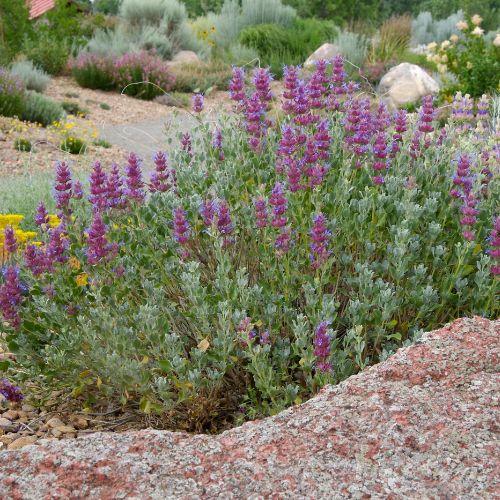20+ Drought-Tolerant Plants for Butterflies and Moths

Want to attract butterflies to your garden?
Add plants that butterflies love! Scroll down for drought-tolerant plants for butterflies and moths from Plant Select. These perennials, grasses and shrubs are known to attract butterflies and moths. Plus, they’re beautiful, resilient and low water.
If you’d like to attract more butterflies, consider planting both: (1) Nectar plants for adult butterflies and (2) Host plants for caterpillars. The latter are the “nursery” plants for butterflies to lay their eggs and for developing caterpillars to feed upon. Each butterfly species has unique preferences for host plants. (Host plants can benefit birds too, offering a source of food: caterpillars.)
Hawk moths often visit the same plants as hummingbirds for nectar. You can find 30+ drought-tolerant plants for hummingbirds here.
This list of drought-tolerant plants for butterflies and moths is meant to be a starting point, rather than an exhaustive list. Happy pollinator gardening!
Larval host plants for butterflies and moths from Plant Select
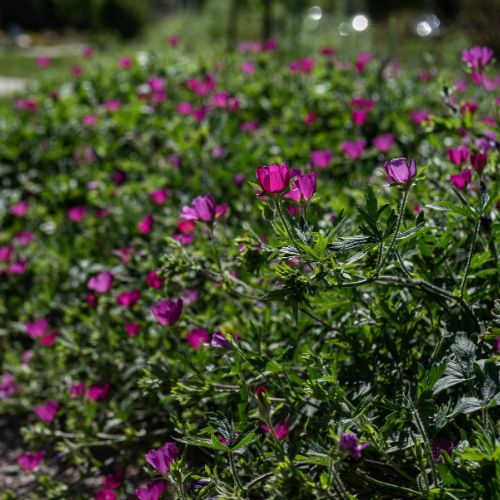
Winecups
(aka, Purple poppy mallow)
Botanical name: Callirhoe involucrata
Larval host plant for: Common Checkered Skipper (Burnsius communis) and Gray Hairstreak butterfly (Strymon melinus)
References: Lady Bird Johnson Wildflower Center; Butterflies and Moths of North America
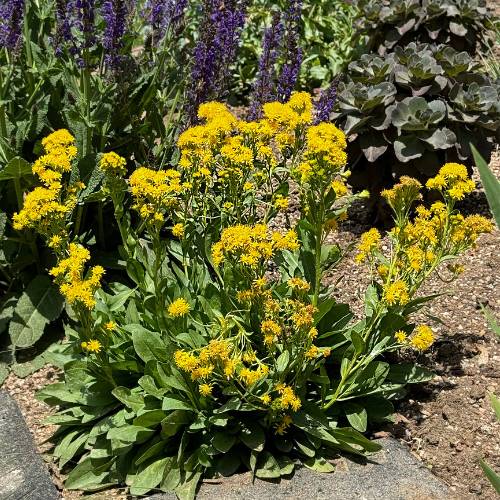
Rocky Mountain goldenrod
Botanical name: Solidago multiradiata
Larval host plant for numerous caterpillar species, including Damoetas Checkerspot (Chlosyne damoetas)
References: Lady Bird Johnson Wildflower Center; National Wildlife Federation

Dwarf leadplant
Botanical name: Amorpha nana
Larval food source for: Silver Spotted Skipper (Hesperia comma)
References: Butterflies and Moths of North America; Dyke Arboretum of the Plains
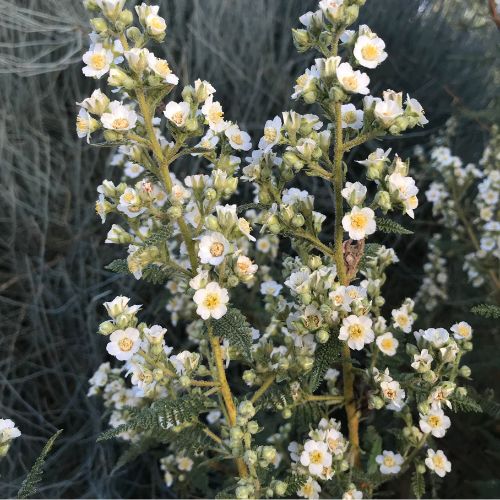
Fernbush
Botanical name: Chamaebatiaria millefolium
Larval food source for: Spring Azure butterfly (Celastrina ladon)
Reference: National Park Service
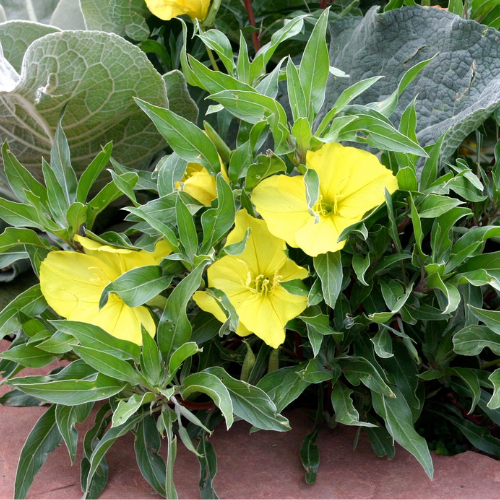
Silver Blade evening primrose
Botanical name: Oenothera macrocarpa subsp. incana
Larval host plant for: White-lined Sphinx (Hyles lineata)
Reference: Butterflies and Moths of North America

Thin Man golden prairie grass
(formerly, Indian grass)
Botanical name: Sorghastrum nutans ‘Thin Man’ PP 28,923
Larval host plant for: Pepper and Salt Skipper (Amblyscirtes hegon)
Reference: Lady Bird Johnson Wildflower Center
Please note: This is a selection of a native species. It was selected from seed from a wild population for naturally-occurring plant characteristics.
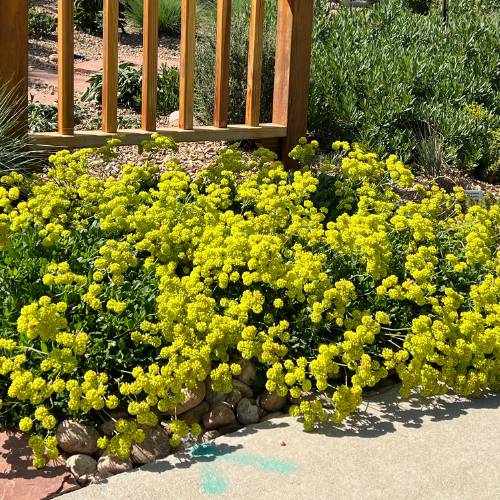
KANNAH CREEK® buckwheat
Botanical name: Eriogonum umbellatum var. aureum‘Psdowns’
Can be larval host for butterflies such as the Lupine Blue (Plebejus lupini)
References: Lady Bird Johnson Wildflower Center; City of Fort Collins
Please note: This is a selection of a native species. It was selected from seed from a wild population for naturally-occurring plant characteristics.
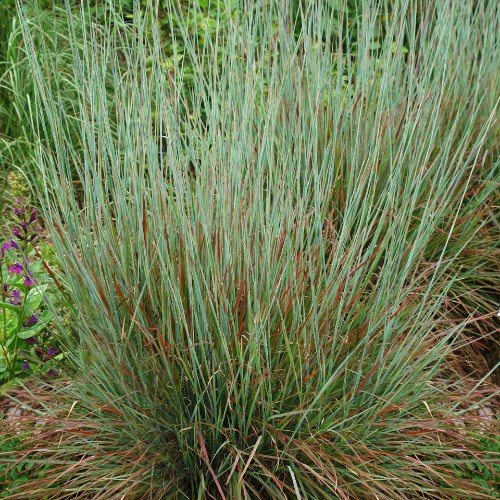
Standing Ovation little bluestem
Botanical name: Schizachyrium scoparium ‘Standing Ovation’ PP25,202
Schizachyrium scoparium is a larval host plant for: Ottoe Skipper (Hesperia ottoe), Indian Skipper (Hesperia sassacus), Crossline Skipper (Polites origenes), Dusted Skipper (Atrytonopsis hianna), Cobweb butterfly (Hesperia metea) and more
Reference: Lady Bird Johnson Wildflower Center
Please note: This is a selection of a native species. It was selected from seed from a wild population for naturally-occurring plant characteristics.
Drought-tolerant nectar plants for butterflies and moths
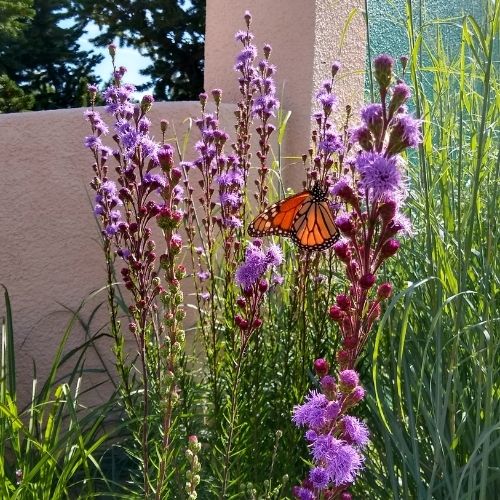
Meadow blazing star
(aka, Rocky Mountain blazing star, Rocky Mountain gayfeather)
A magnet for Monarch butterflies!
Botanical name: Liatris ligulistylis
Reference: Missouri Botanical Garden
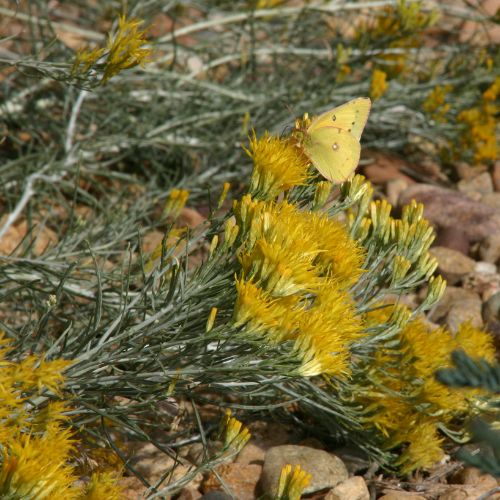
Baby Blue rabbitbrush
(aka, dwarf rabbitbrush)
Botanical name: Ericameria nauseosa var. nauseosa
Reference: Observations in Plant Select demo gardens
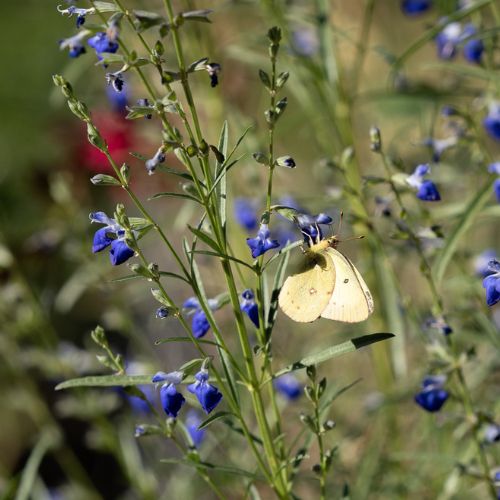
Autumn Sapphire™ sage
Botanical name: Salvia reptans ‘P016S’
Reference: Lady Bird Johnson Wildflower Center
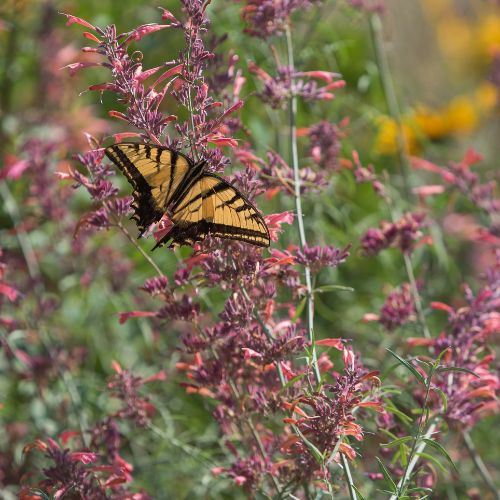
SUNSET® hyssop
Botanical name: Agastache rupestris
References: Colorado State University Extension Adams County; University of California Agriculture and Natural Resources
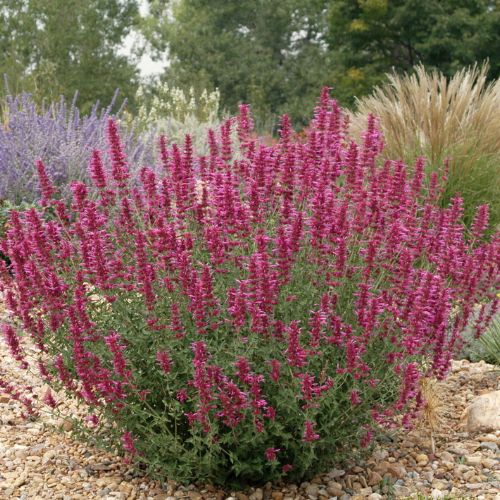
SONORAN SUNSET® hyssop
Botanical name: Agastache cana ‘Sinning’ PP 13,673
Reference: Observations in Plant Select demo gardens
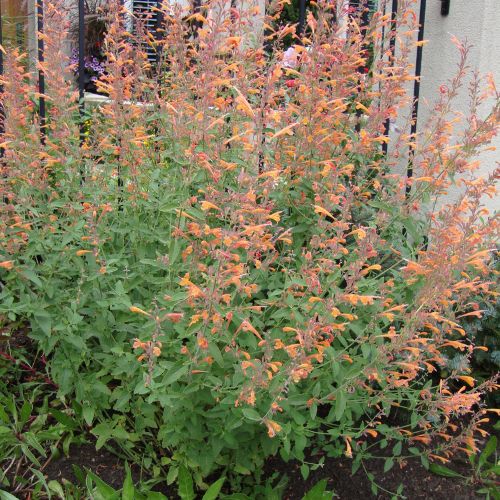
CORONADO® hyssop
Botanical name: Agastache aurantiaca ‘P012S’
Reference: Observations in Plant Select demo gardens
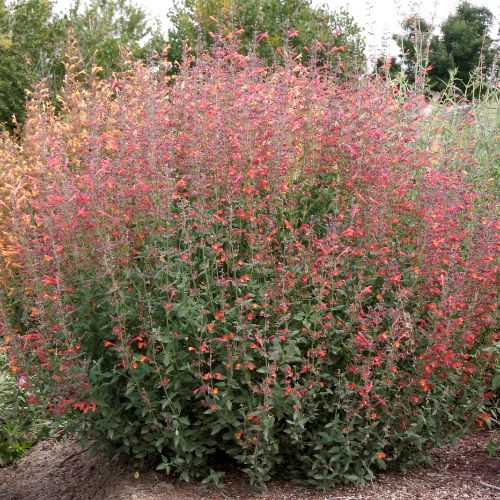
CORONADO® Red hyssop
Botanical name: Agastache ‘Pstessene’
Reference: Observations in Plant Select demo gardens

Silver Blade evening primrose
Botanical name: Oenothera macrocarpa subsp. incana
Reference: Observations in Plant Select demo gardens
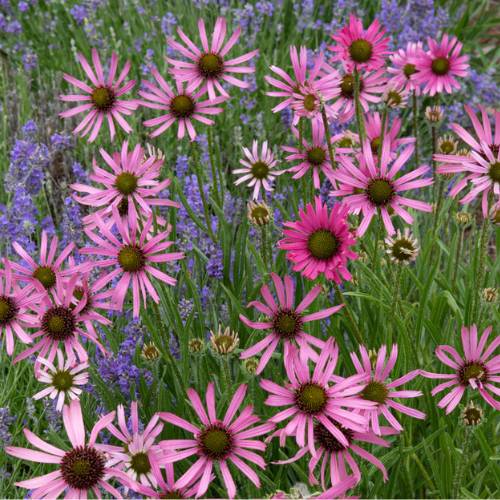
Tennessee purple coneflower
Botanical name: Echinacea tennesseensis
Reference: Lady Bird Johnson Wildflower Center

Rocky Mountain goldenrod
Botanical name: Solidago multiradiata
Reference: Lady Bird Johnson Wildflower Center
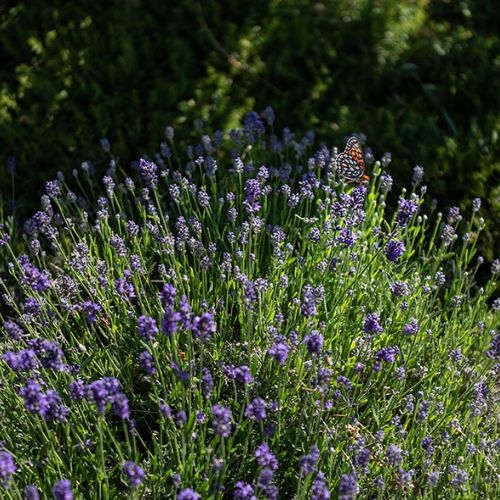
Wee One dwarf English lavender
Botanical name: Lavandula angustifolia ‘Wee One’
Reference: The Morton Arboretum
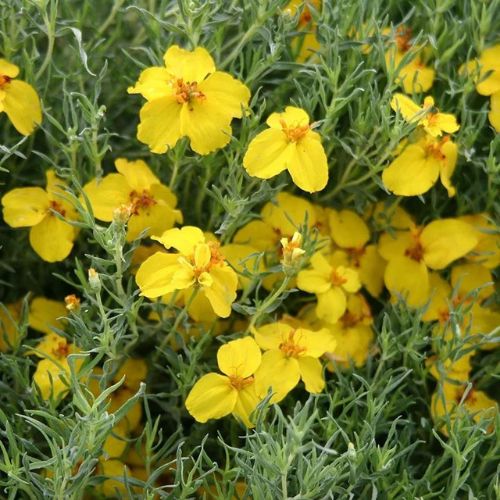
Gold on Blue prairie zinnia
Botanical name: Zinnia grandiflora ‘Gold on Blue’
Reference: Lady Bird Johnson Wildflower Center
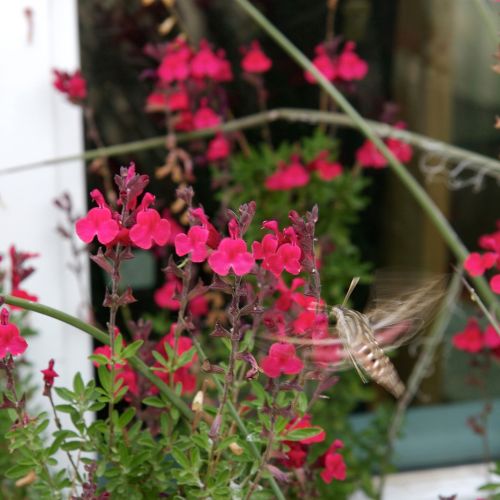
Furman's Red sage
Botanical name: Salvia greggii ‘Furman’s Red’
Reference: Lady Bird Johnson Wildflower Center

KANNAH CREEK® buckwheat
Botanical name: Eriogonum umbellatum var. aureum ‘Psdowns’
References: Lady Bird Johnson Wildflower Center;City of Fort Collins
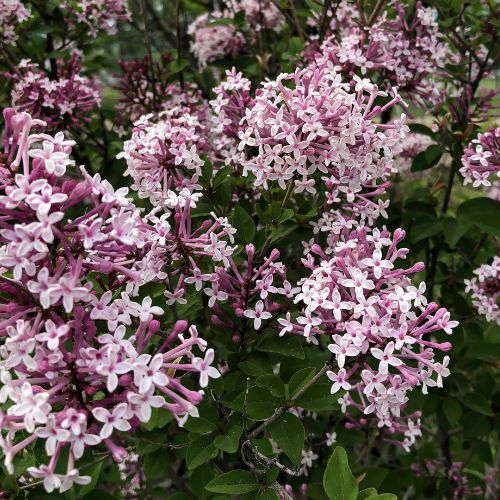
PINK ON REPEAT™ lilac
Botanical name: Syringa pubescens subsp. microphylla ‘Cheyenne’
Reference: Morton Arboretum
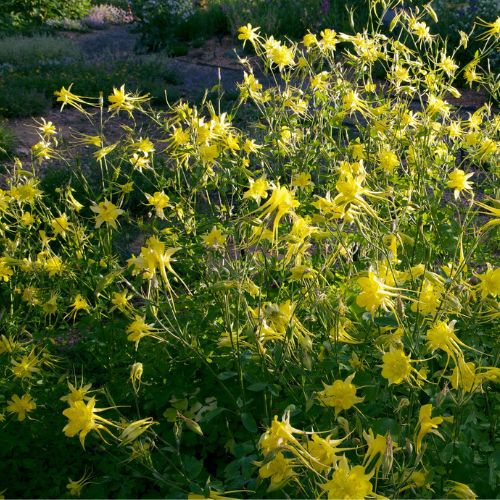
DENVER GOLD® columbine
(aka, golden columbine)
Botanical name: Aquilegia chrysantha
Reference: Lady Bird Johnson Wildflower Center
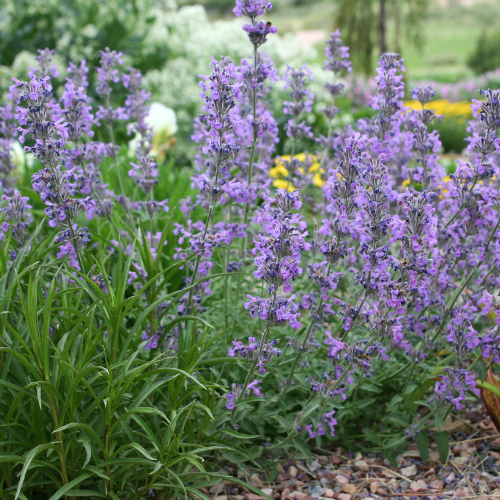
LITTLE TRUDY® catmint
Botanical name: Nepeta ‘Psfike’ PP 18,904
Reference: Observations in Plant Select demo gardens

Winecups
(aka, purple poppy mallow)
Botanical name: Callirhoe involucrata
Reference: Lady Bird Johnson Wildflower Center
What is Plant Select?
Plant Select is a nonprofit collaboration between Denver Botanic Gardens, Colorado State University and professional horticulturists. Plant Select researches, tests and selects beautiful, resilient, low-water plants for the Rocky Mountain region. Every Plant Select plant has been locally tested and evaluated for multiple years in our tough, western growing conditions, so you can have a gorgeous and successful landscape that uses fewer resources.
Where to find Plant Select
You can find Plant Select plants at independent garden centers, online retailers and wholesalers. Ask for Plant Select on your next visit.
If your retailer doesn’t have the plant you want, let them know you’re interested in it. Demand can help drive what retailers carry. In some cases, they may be able to order the plant for you.
See more plant solutions >
Butterfly Identification Tips
Wondering what kind of butterflies are visiting your garden? Butterfly Pavilion has put together a helpful PDF on Colorado Butterflies: Identification by Color.

